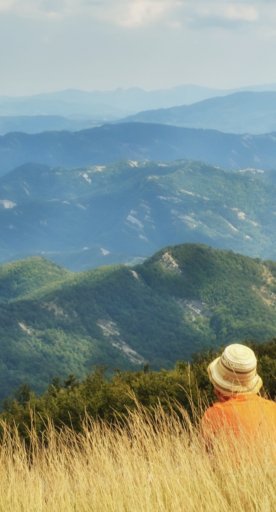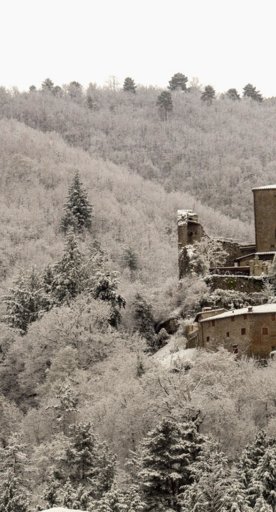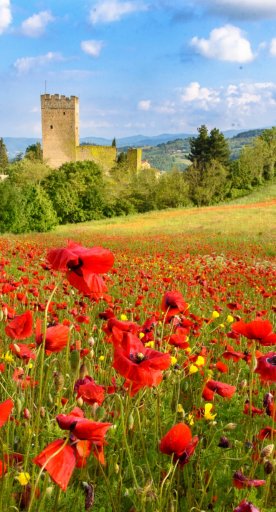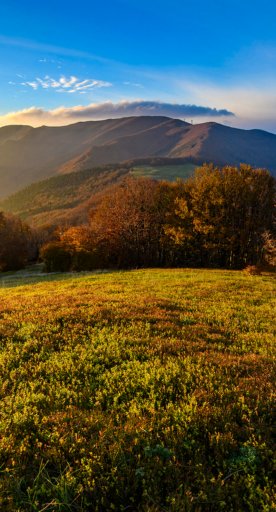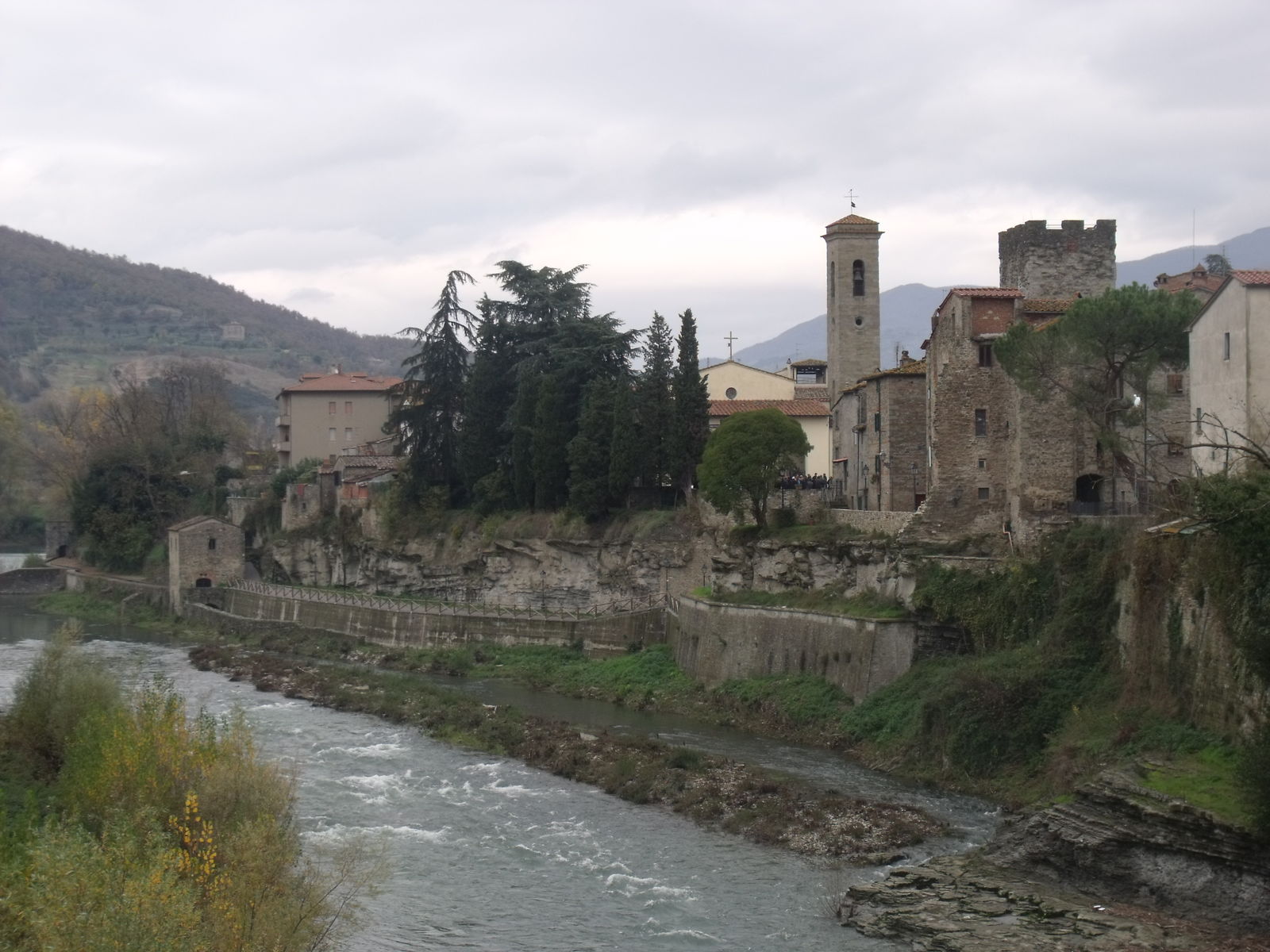Casentino

A forested valley surrounded by the Apennine Mountains and dotted with spiritually-significant places
Show more
Casentino
A forested valley surrounded by the Apennine Mountains and dotted with spiritually-significant places
Go to the area


